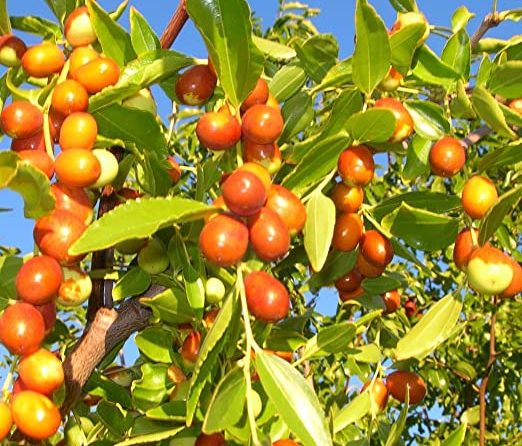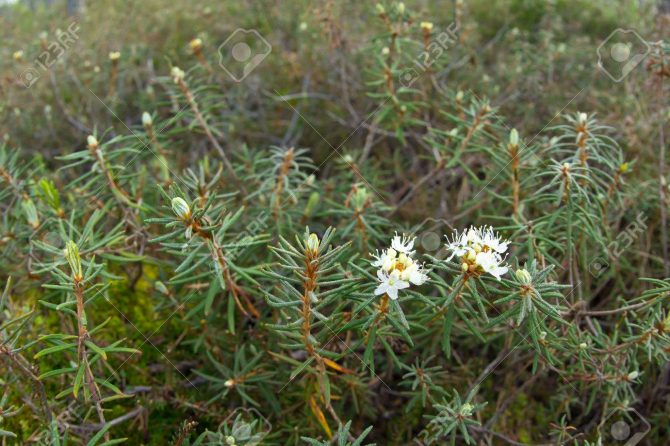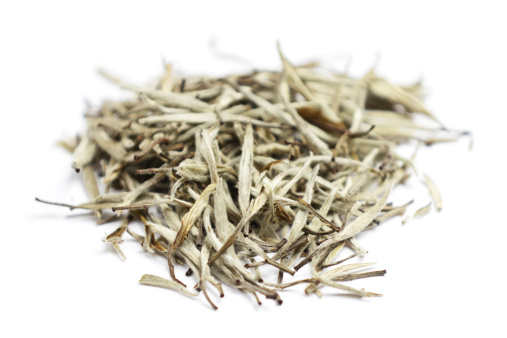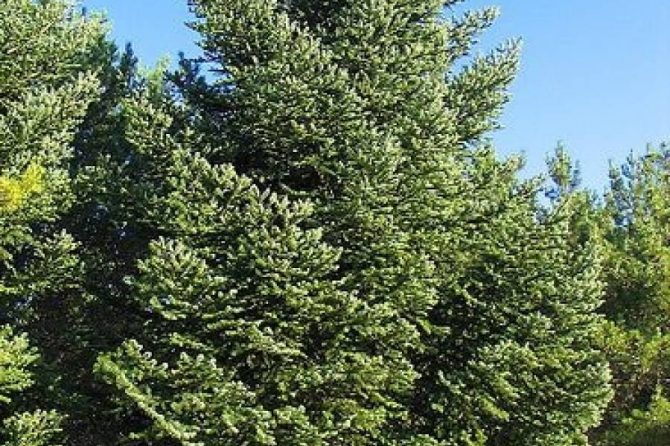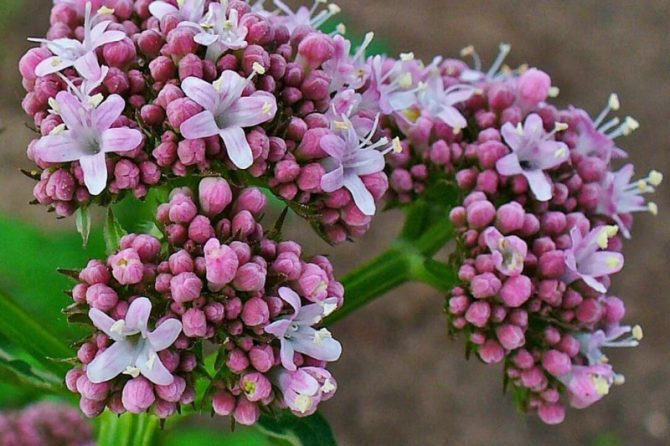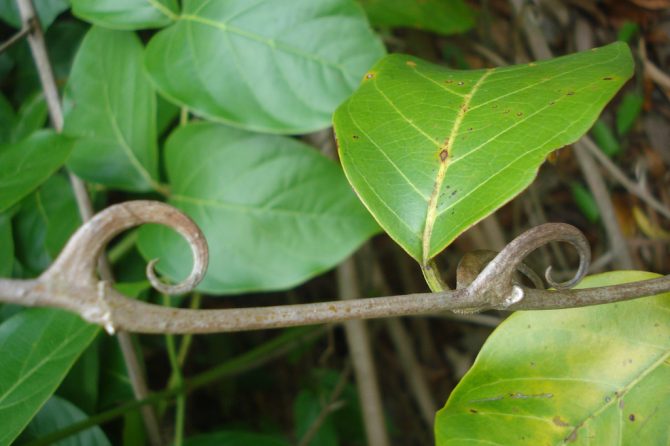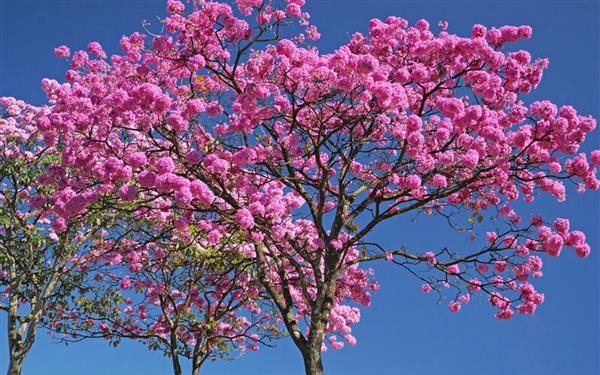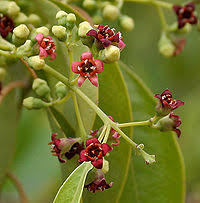
SANDALWOOD
Profile Latin Name: Santalum Album CAS No.: 84787-70-2 Specifications: 5:1 Part used: Bark Appearance: Fine Brownish Yellow powder Description Sandalwood (Santalum album L.) is a small tropical plant from the Santalaceae family. Sandalwood not only finds great use in perfumery and cosmetology, but is also exploited in folk medicine and phytotherapy for its therapeutic
Read more
